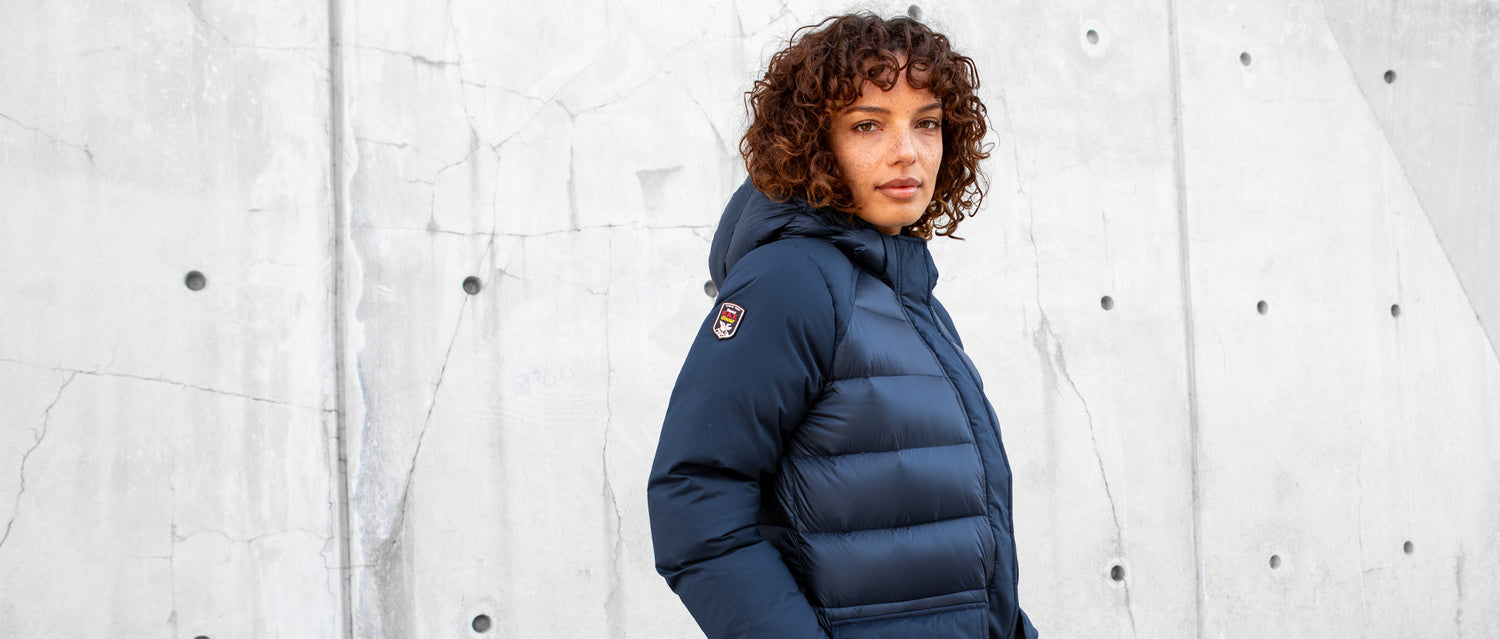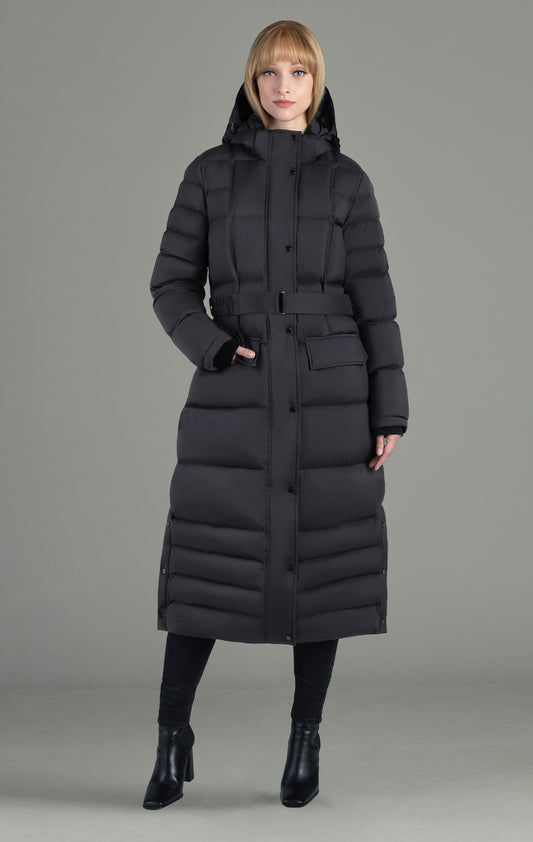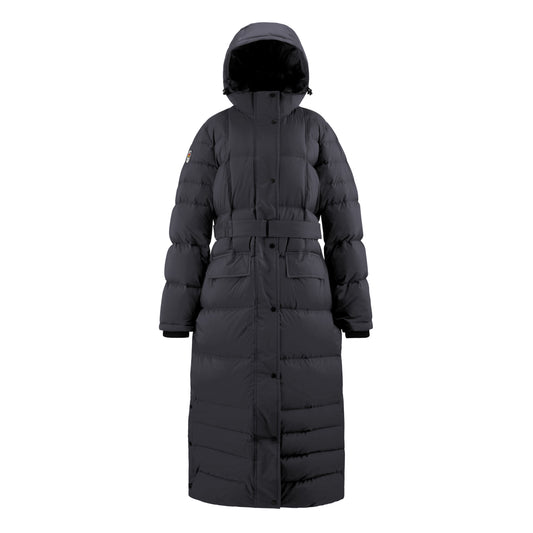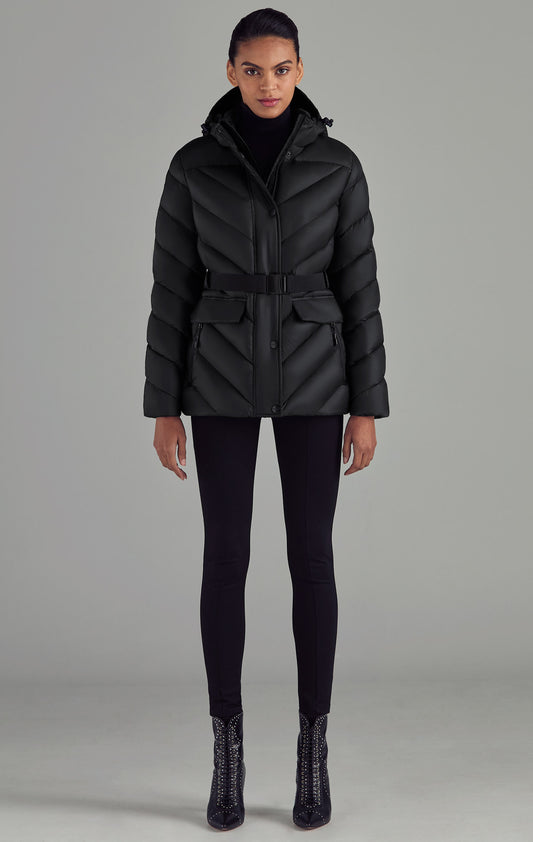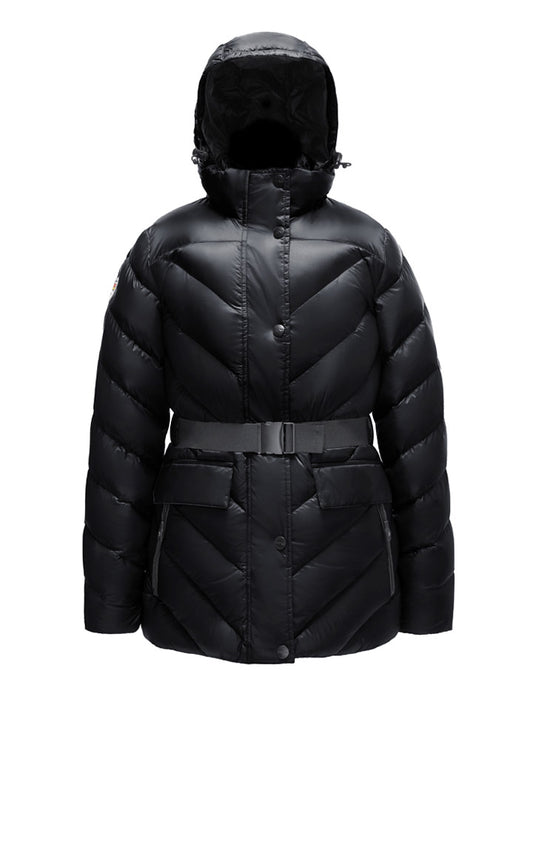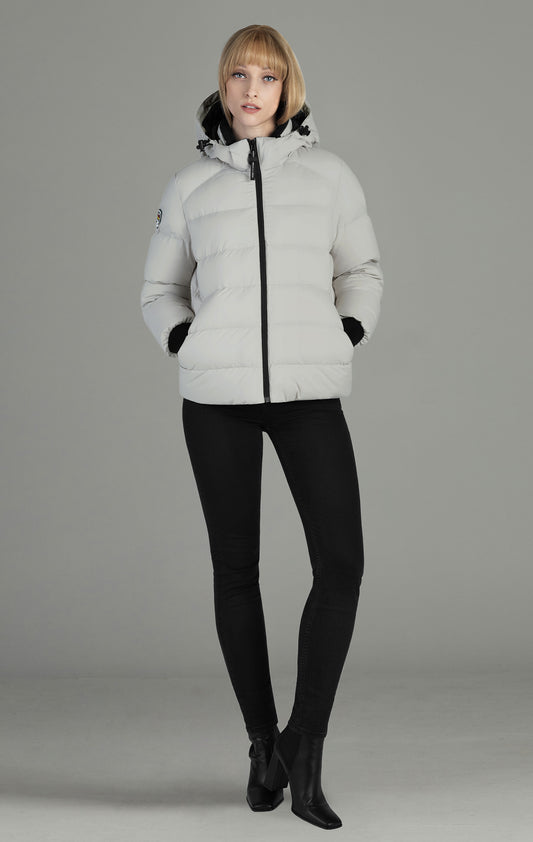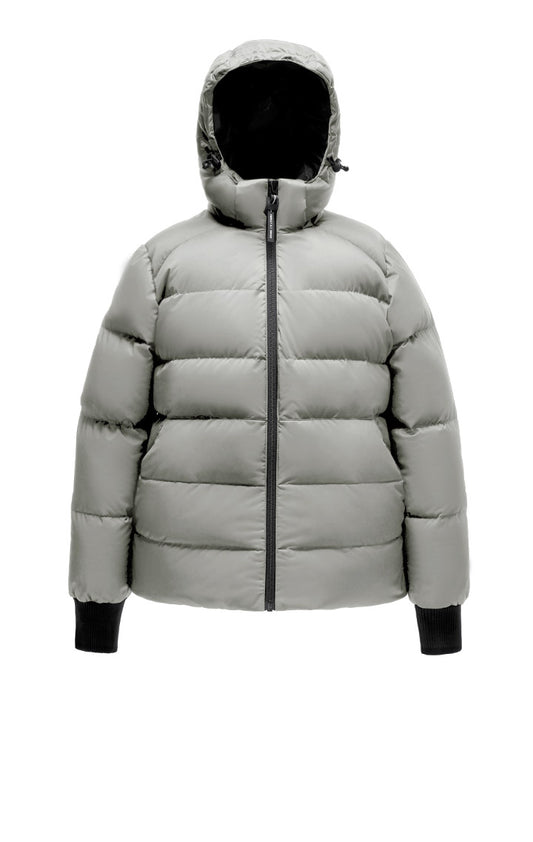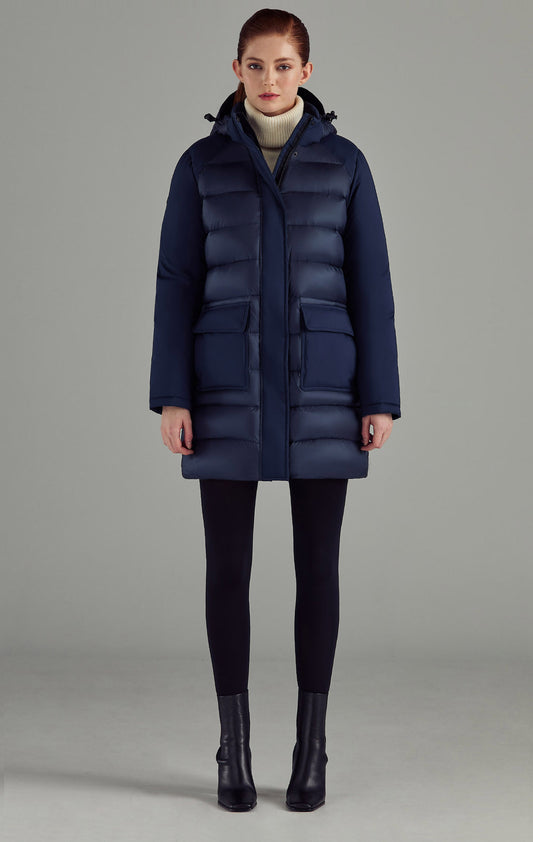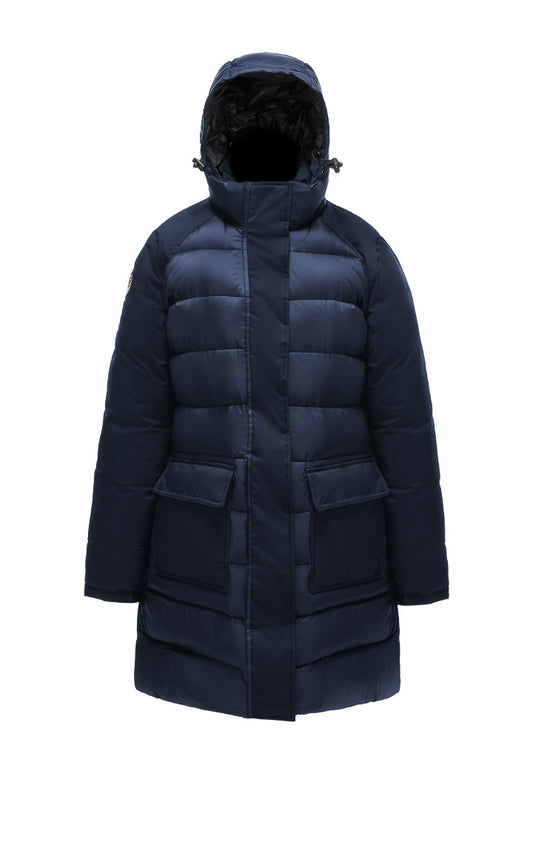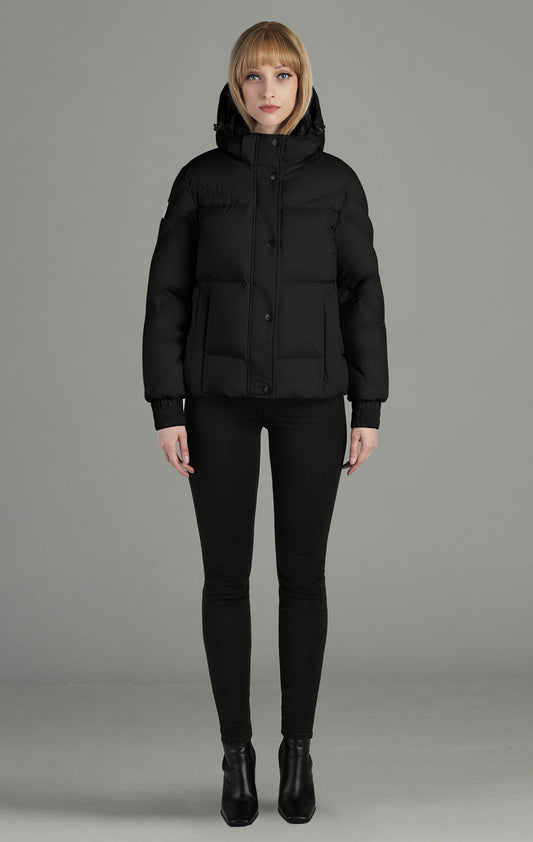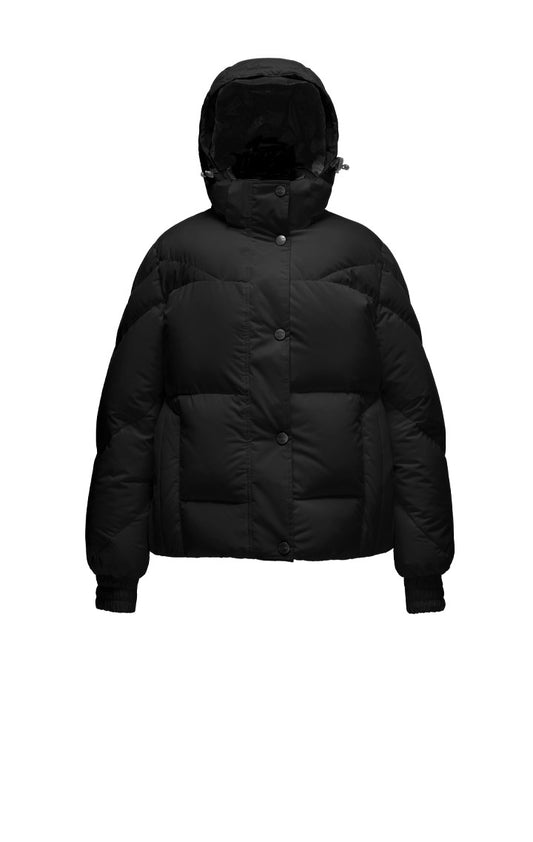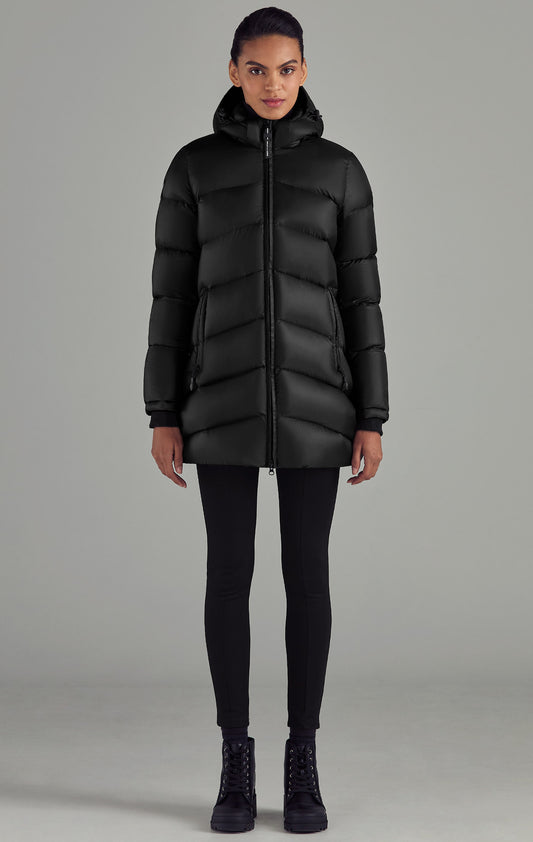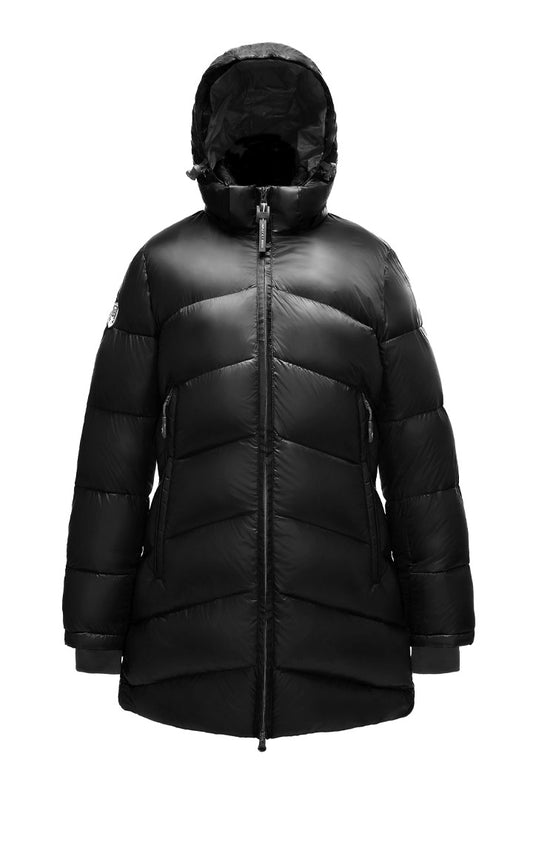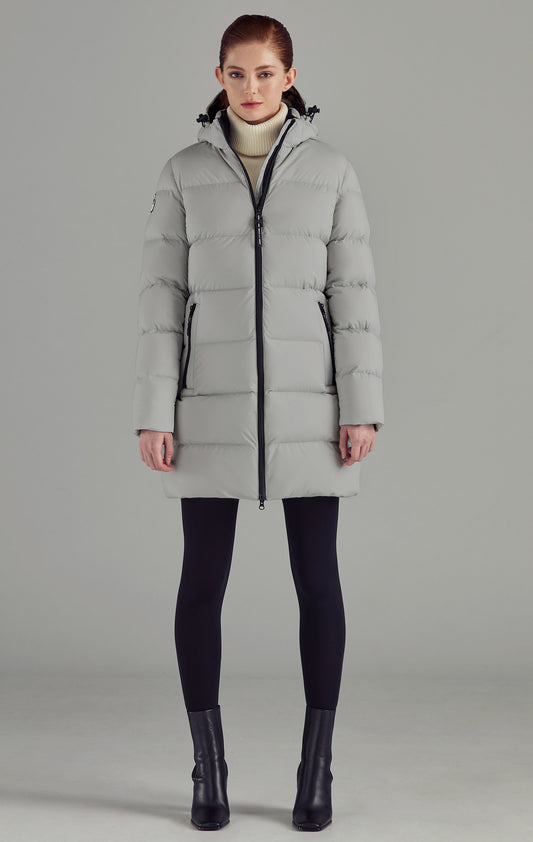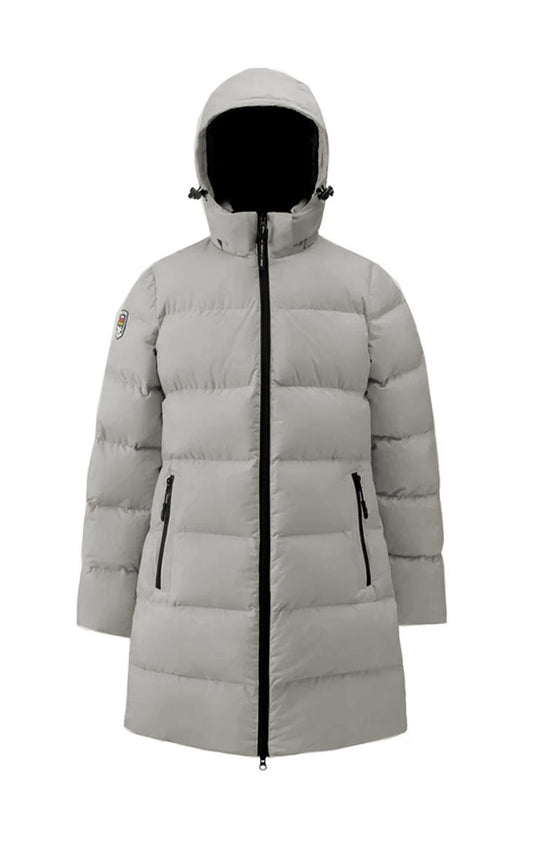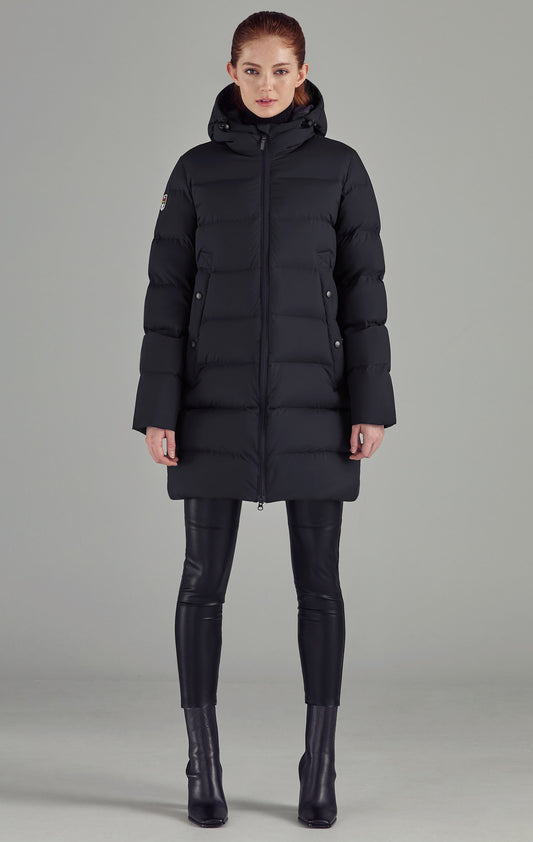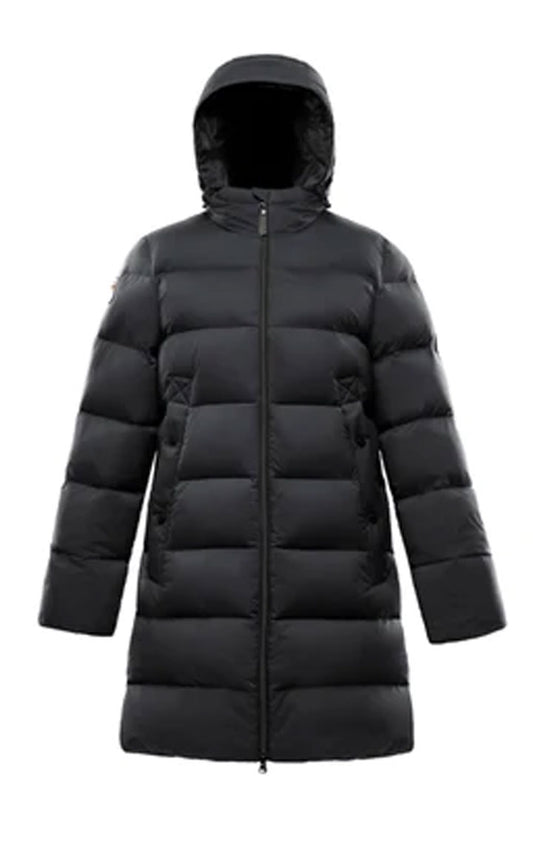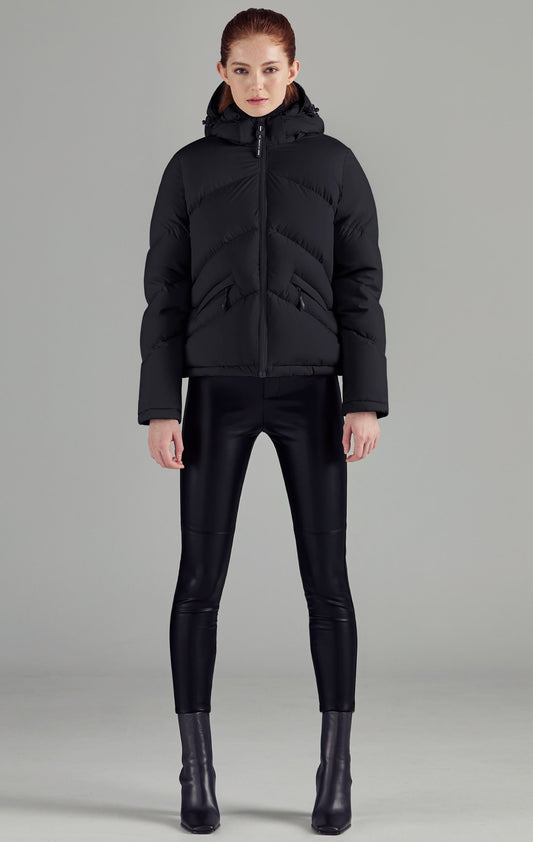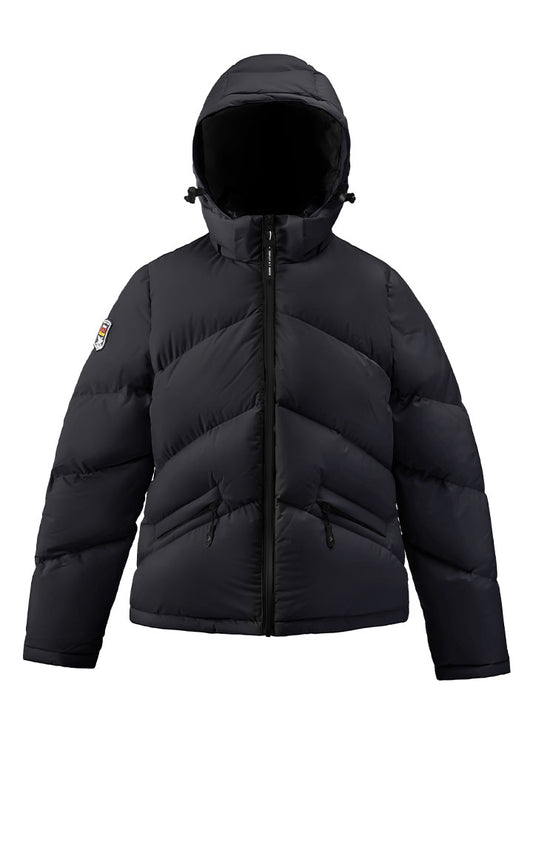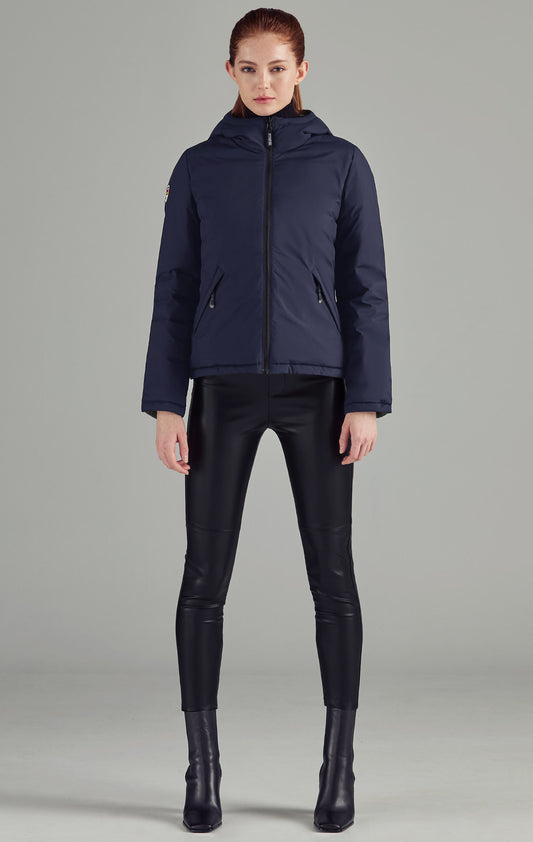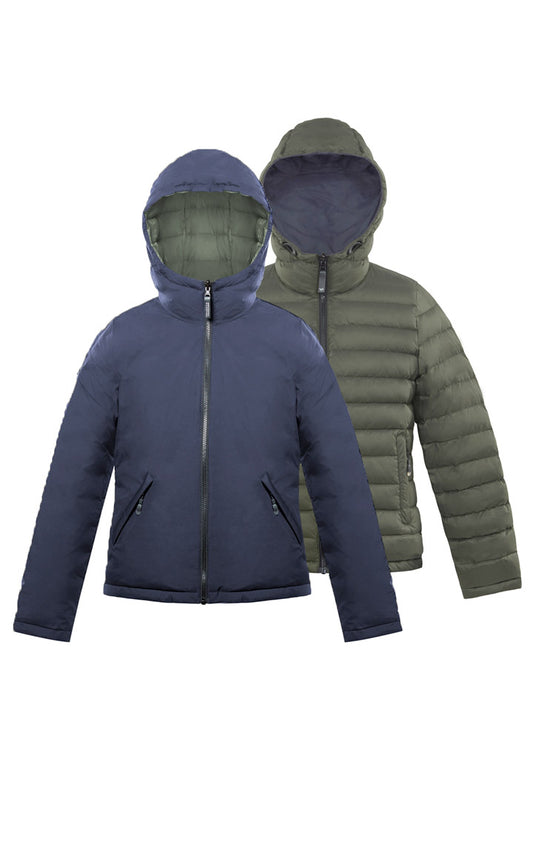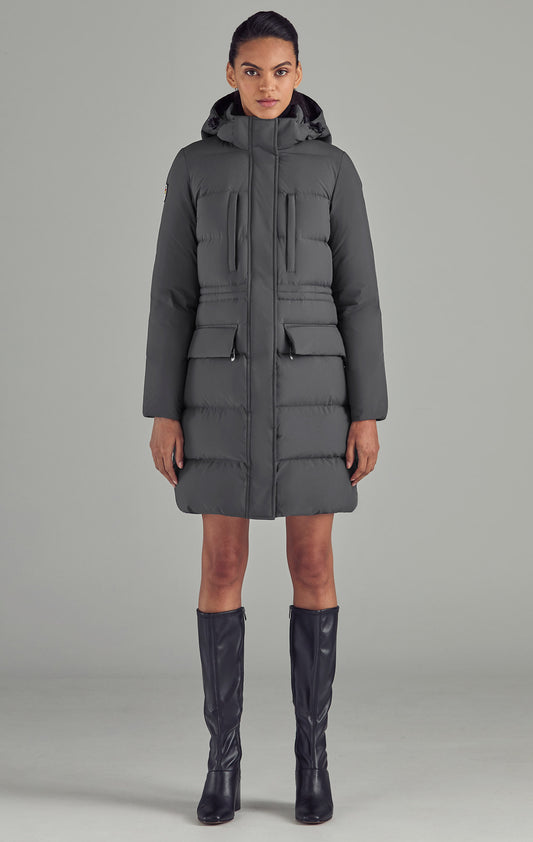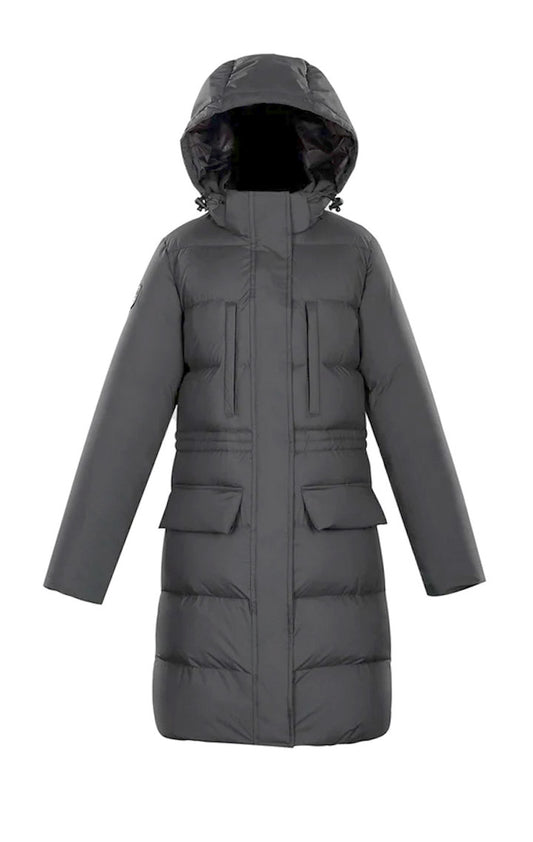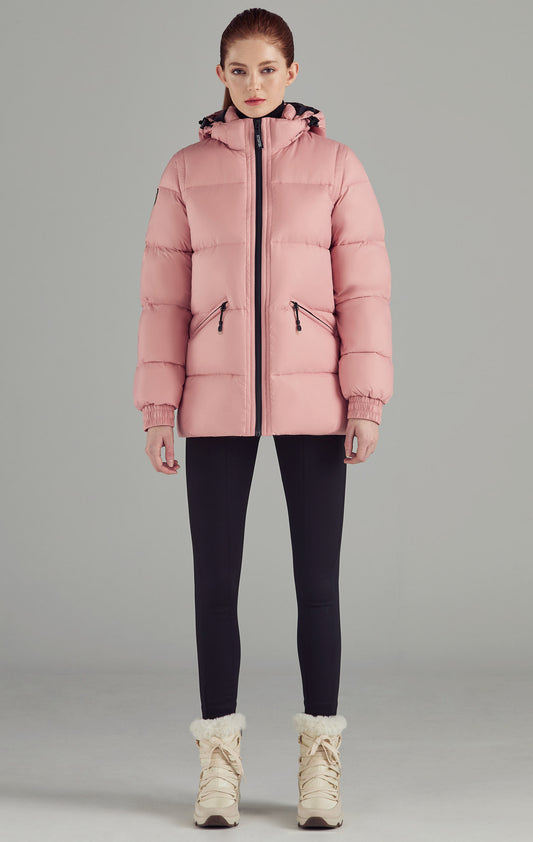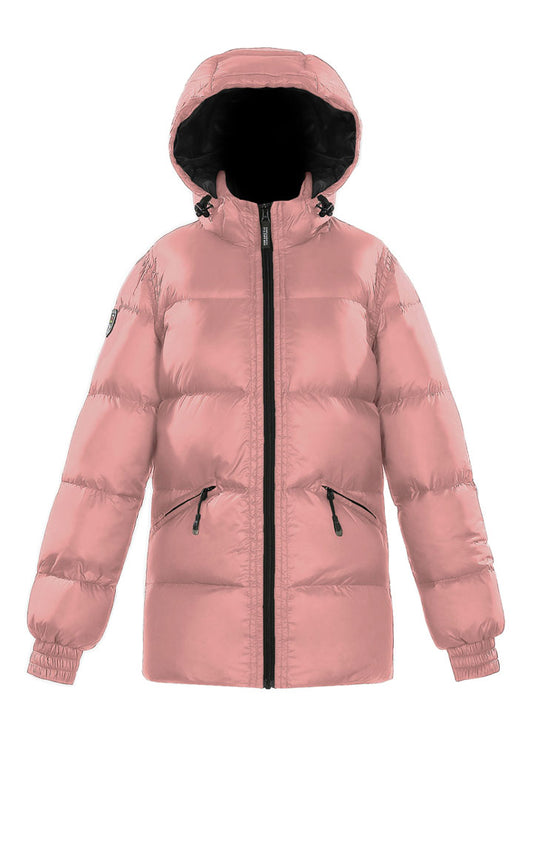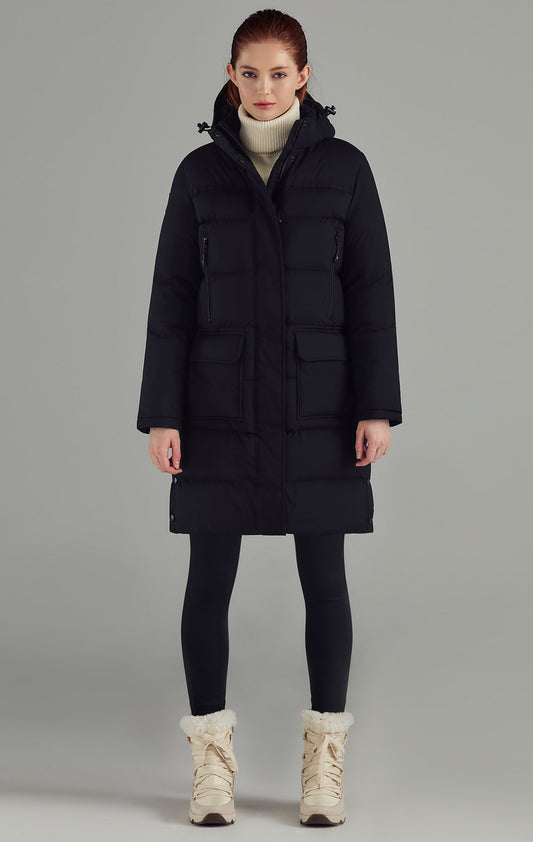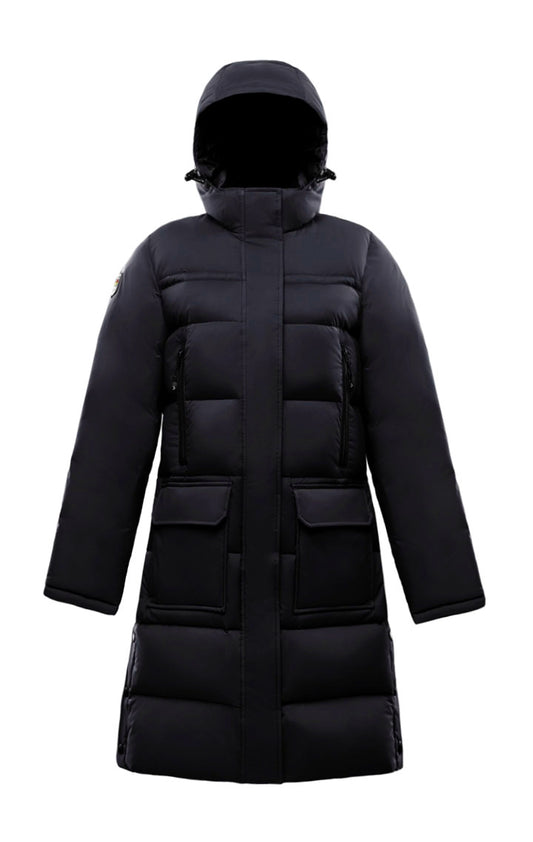-
Althea Women's Down Jacket
Regular price $347.50Regular priceUnit price per$695.00Sale price $347.50Sale -
Montalva Women's Puffer Down Belted Jacket
Regular price $262.50Regular priceUnit price per$525.00Sale price $262.50Sale -
Sidley Women's Puffer Down Jacket
Regular price $225.00Regular priceUnit price per$450.00Sale price $225.00Sale -
Askya Women's Two-Tone Puffer Down Parka
Regular price $325.00Regular priceUnit price per$650.00Sale price $325.00Sale -
Ophio Women's Puffer Down Jacket
Regular price $225.00Regular priceUnit price per$450.00Sale price $225.00Sale -
Balleny Women's Puffer Down Parka
Regular price $275.00Regular priceUnit price per$550.00Sale price $275.00Sale -
Sophie Women's Puffer Down Jacket
Regular price $262.50Regular priceUnit price per$525.00Sale price $262.50Sale -
Moselle Women's Puffer Parka
Regular price $242.50Regular priceUnit price per$485.00Sale price $242.50Sale -
Brenay Women's Puffer Coat
Regular price $200.00Regular priceUnit price per$400.00Sale price $200.00Sale -
Versa Women's Reversible Down Jacket
Regular price $120.00Regular priceUnit price per$360.00Sale price $120.00Sale -
Fara Women's Puffer Down Jacket
Regular price $225.00Regular priceUnit price per$450.00Sale price $225.00Sale -
Adena Women's Lightweight Puffer Jacket
Regular price $202.50Regular priceUnit price per$405.00Sale price $202.50Sale -
Delphine Women's Puffer Down Jacket
Regular price $242.50Regular priceUnit price per$485.00Sale price $242.50Sale
Women’s Puffer Jackets
Triple F.A.T. Goose offers unparalleled warmth and technical performance with premium lightweight duck and goose down puffer jackets for women. The modern Brenay Puffer Coat has a relaxed fit, while the long-length Delphine Puffer Down Jacket will keep you warm from head to knee. Customize your look with adjustable and detachable hoods and interior waist drawcords. Many of our puffer coats are packable so you can easily take them with you on your travels.
Should puffer jackets be tight?
A good fit should allow you to comfortably add layers, but it should not be so roomy that cold air can get in from the hem. Triple F.A.T. Goose puffer coats have a true-to-size fit, so you can add thin base layers without worrying about looking bulky or losing heat.
Is a puffer jacket good for winter?
Our puffer jackets are designed for insulation, water-resistance, and wind-resistance. For optimal protection from the cold, we recommend a full-length design that covers your lower extremities as well. But if you’re looking for more mobility, our bomber puffer design will still keep your upper body toasty with its premium down fill insulation. The warmth you get from a puffer coat all depends on the type of insulation used, fill power, down weight, the design, and the technology used to make the jacket.
Is a puffer jacket warmer than a parka?
This really depends. Traditional puffer jackets end at or just below the hips, while the classic parka is usually longer, past the waist and down to mid thigh. Parkas are water-repellent, windproof, and tend to be much heavier than their puffer counterparts. Many parkas also feature an insulated hood, while most puffer jackets have standard hoods. Fortunately, you can enjoy the benefits of both with parka-style puffer jackets.
The bottom line is that the type of insulation, lining, and outer shell materials used will determine the overall warmth of a coat. For example, a long puffer jacket with a higher fill power and high-quality water-resistant materials may keep you warmer and drier than most lightweight parka jackets. If you need a jacket for freezing cold winters, opt for a full-length puffer with a hood and proven water-resistant performance.
How do you re-fluff a puffer jacket?
You can re-fluff your puffer jacket in the dryer. Place it in the dryer by itself on low heat with some dryer balls (or tennis balls). The balls will bounce inside the dryer and break down the clumps of the fill, as well as remove any remaining water from the jacket.
